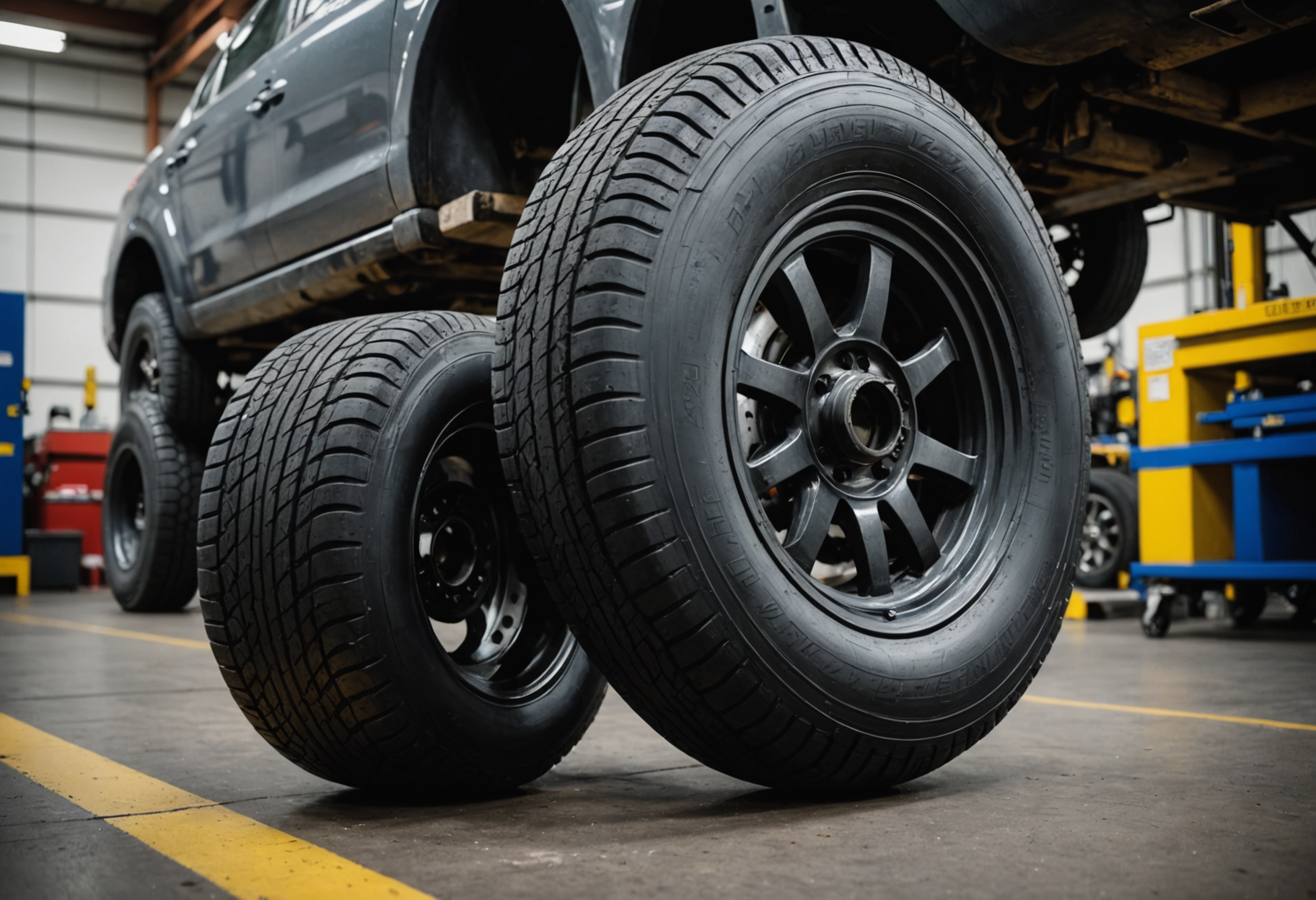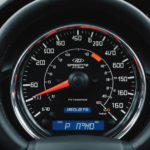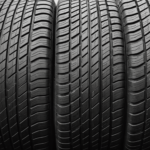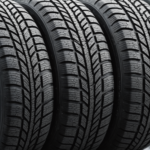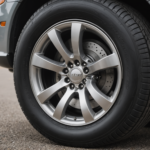The accuracy of a vehicle’s speedometer is crucial for safe driving and adhering to traffic regulations. One critical factor that influences this accuracy is the diameter of the tires. Many vehicle owners are unaware of how tire size changes can affect their speedometers. Understanding this relationship is essential not only for safety but also for maintaining the integrity of a vehicle’s performance. This article will delve into the various dimensions of tire diameter, its impact on speedometer readings, and ways to ensure accurate measurements.
Understanding Tire Diameter
Tire diameter is the distance from one edge of the tire to the other, measured through the center. It is typically expressed in inches and can significantly affect the vehicle’s dynamics. When a vehicle manufacturer designs a car, they specify a particular tire diameter to ensure optimal performance. Changing this diameter can have several repercussions.
The Structure of Tire Specifications
Tire specifications, usually indicated on the sidewall of a tire, follow a specific format. For instance, a designation like P215/65R15 breaks down into crucial components:
- P: Passenger vehicle tire
- 215: Width of the tire in millimeters
- 65: Aspect ratio (height to width ratio)
- R: Radial construction
- 15: Diameter of the wheel in inches
How Tire Diameter Affects Speedometer Accuracy
The speedometer measures the speed of a vehicle based on the rotational speed of the wheels. The standard formula for calculating speed as perceived by the vehicle’s speedometer is:
Speed = (Rotation Speed × Wheel Circumference) / Time
Here, the wheel circumference is crucial, as it directly correlates to tire diameter. A larger tire diameter results in a larger circumference, which affects the speed calculation.
Effects of Increasing Tire Diameter
When a driver opts for larger tires, several dynamics come into play:
- Increased Circumference: Larger tires travel a greater distance with each rotation. This increase leads to an underestimation of speed on the speedometer, causing the actual speed to be higher than what is displayed.
- Engine Performance: Larger tires can also place additional strain on the engine, potentially impacting fuel efficiency and acceleration.
- Calibration Issues: In many cases, the vehicle’s onboard computer relies on predefined parameters. A change in tire diameter can cause errors in other readings, including odometer measurements.
Effects of Decreasing Tire Diameter
Conversely, switching to smaller tires leads to different consequences:
- Decreased Circumference: Smaller tires cover less ground per rotation, leading to overestimation of speed on the speedometer, thus reflecting a lower actual speed than displayed.
- Handling and Stability: Smaller tires may improve maneuverability but can compromise stability and grip.
- Odometer Discrepancies: Similar to the effects of larger tires, decreased diameter affects odometer readings, leading to inaccuracies in mileage records.
Tire Diameter and Its Repercussions on Safety
Driving with an inaccurate speedometer poses significant risks. Underestimating speed can lead to unwarranted speeding fines or accidents due to inappropriate speed for road conditions. Moreover, overestimating speed by switching to smaller tires might result in higher risks of skidding or handling complications.
Legal and Financial Implications
Inaccuracies in speed readings can have legal repercussions, especially if a driver receives a ticket based on an erroneous speed reading. Additionally, inaccurate odometer measures can impact resale value and insurance claims.
Calibrating Speedometers After Tire Changes
When tire diameter changes, recalibration of the speedometer is advisable to ensure accuracy. The following steps can be taken to achieve this:
1. Consult the Vehicle Manual
Understand the manufacturer’s specifications for tire changes. Many vehicle manuals provide guidelines on permissible tire sizes.
2. Use a GPS Device
Utilizing a GPS device can help measure accurate speed while driving. This method provides a reference to compare against the speedometer.
3. Visit a Professional Mechanic
It is often beneficial to have adjustments made by a professional who can recalibrate the speedometer using specialized equipment.
Conclusion
The impact of tire diameter on speedometer accuracy cannot be overstated. Whether increasing or decreasing tire size, it is imperative to understand the implications on speed readings, handling, and overall vehicle performance. Drivers must be proactive in recalibrating their speedometers post any tire changes to maintain safety and compliance with legal standards. Awareness and understanding of these variables can facilitate better decisions regarding tire fitment while ensuring optimal driving experiences.
Summary Table: Tire Diameter Impact
| Tire Size Change | Speedometer Impact | Consequences | Recommendations |
|---|---|---|---|
| Increase Diameter | Underestimation of speed | Legal issues, reduced engine performance | Recalibrate speedometer, consult guidelines |
| Decrease Diameter | Overestimation of speed | Skidding, handling issues | Use GPS for accuracy, seek professional help |
Additional Resources
For more information on tire sizes and their implications on vehicle performance, consider exploring the following resources:
- Tire Guide – Comprehensive information on types of tires and sizing.
- National Highway Traffic Safety Administration – Current safety recalls and tire standards.
- Edmunds – Expert advice on choosing the right tires for your vehicle.
This detailed HTML document covers the impact of tire diameter on speedometer accuracy, structured with appropriate headings, informative content, tables, and lists, ensuring it’s engaging and easy to read for website visitors.

